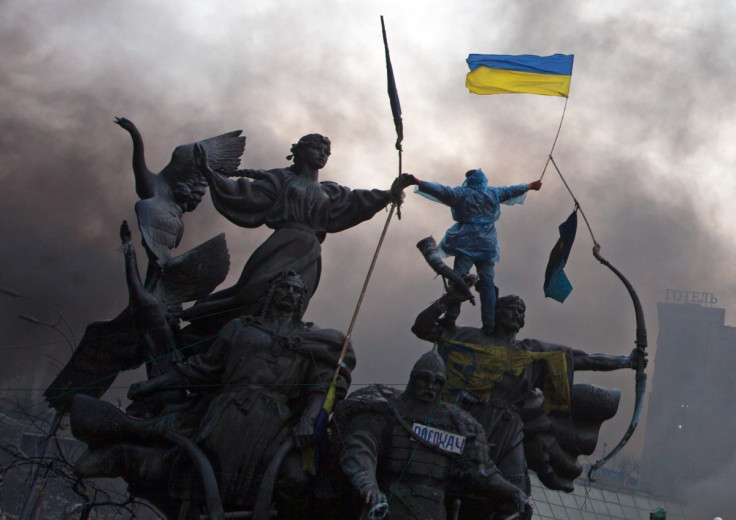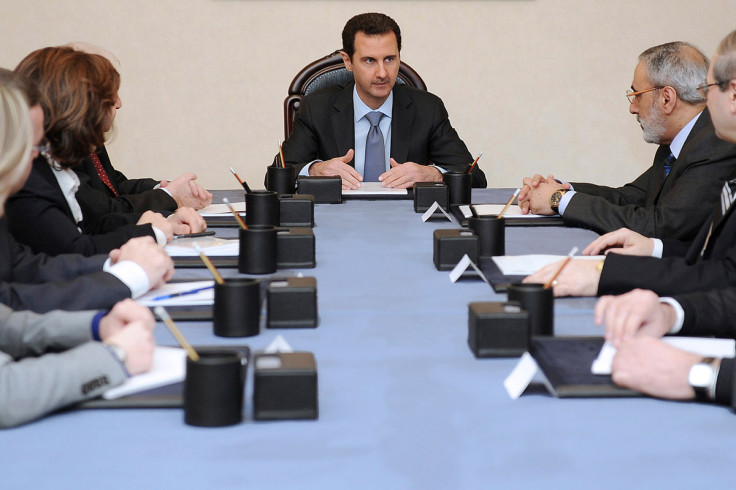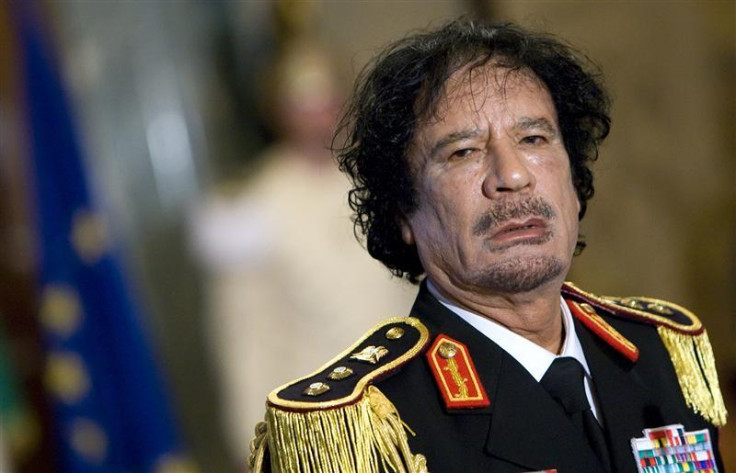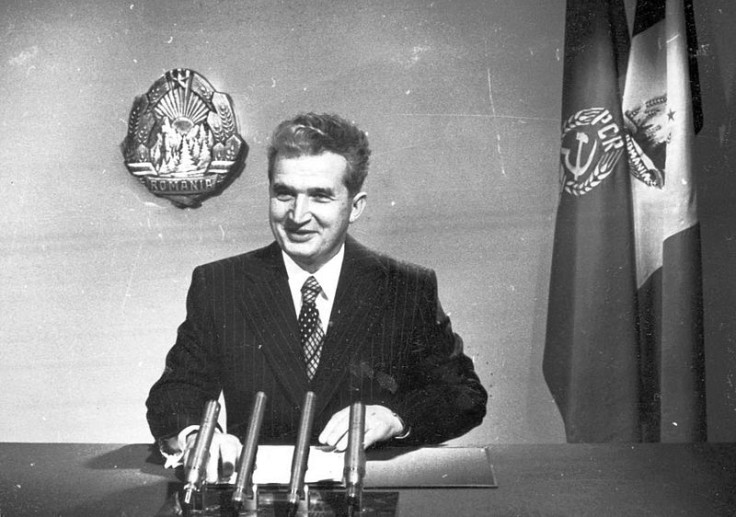Ukraine Crisis: Personality Cults Behind the Revolutions

As Ukraine slides into civil war, the international spotlight has fallen on President Viktor Yanukovich, whose decision to spurn closer ties with the EU in favour of even tighter links with Russia is widely blamed for fomenting the crisis.
Yanukovich draws support from Russian-speaking Ukrainians in eastern Ukraine, whereas the west of the country wants to curtail a concentration of power in his hands. It could be argued that Yanukovich relies on a cult of personality, a term popularised by Soviet leader Nikita Khrushchev in 1956.
IBTimes UK examines other cults of personalities at the root of civil unrest.
General Franco

Francoist Spain refers to the period between 1936 and 1975 when the dictatorship of General Francisco Franco ruled Spain after the civil war. Under a severely repressive semi-fascist regime, an estimated 200,000 Spaniards died from hunger and disease in the initial years of the dictatorship.
Franco spread a cult of personality, wearing a uniform of a captain general – ordinarily reserved for the king – and living in the Pardo Palace. His likeness appeared on coins and his version of nationalism repressed cultural diversity. Activities were subject to censorship in a sporadic way, such as the national dance of Cataluna. Flamenco was considered representative of a national identity, although it is an Andalusian tradition.
Hafez al-Assad/Bashar al-Assad

In order to maintain power over Syria, Hafez al-Assad established a state-sponsored cult of personality. In schools, teachers began every lesson with a song idolising "our eternal leader, Hafez al-Assad" and his portraits were hung in every public space. Numerous places in the country were named after him and sculptures and monuments were erected, often depicting the dictator alongside the prophet Mohammad.
The strategy was continued by Bashar al-Assad, his son who took over as president. His elevation initially inspired hopes for democratic and state reforms, yet discontent against the government developed in Syria's poorest areas, such as Daraa and Homs. By 2011, Syria faced severe socioeconomic problems. The Syrian Civil War is still raging between forces loyal to the Ba'ath government and those against. In March 2011, the unrest developed as part of the wider Arab Spring movement. By September 2013, the death toll surpassed 120,000 according to the UN.
Muammar Gaddafi

During his rule from 1969-2011, images of Gaddafi appeared on stamps, watches and bags. The Green Book, thought to be based on Chairman Mao's Little Red Book, published Gaddafi's political philosophy in 1975. It was intended as required reading for all Libyans and quotes and extracts appeared in public places and in pop music lyrics. According to Gaddafi, he despised his cult status but tolerated it "because the country adored him".
In early 2011, civil war broke out as part of the Arab Spring. Anti-Gaddafi forces formed a committee called the National Transitional Council in February that year to act as an authority in rebel-controlled areas. Government atrocities prompted Nato action to help protect civilians. In August, Gaddafi was ousted in the fall of Tripoli; forces loyal to him continued fighting for another two months. October 2011 saw the last government-controlled cities fall, followed by the controversial killing of Gaddafi.
Nicolae Ceaușescu

Romanian dictator Nicolae Ceausescu ruled during the cold war, from 1965 until the overthrow of his regime in 1989. Initially, the cult focused on Ceausescu himself – before spreading to his wife Elena, who was given credit for scientific achievements she could not have accomplished. His regime was brutal and Stalinist. The secret police, the Securitate, maintained strict controls over speech and the media.
His regime collapsed after he ordered security forces to shoot anti-government demonstrators in the city of Timisoara in December 1989. The protests spread like wildfire to Bucharest and the Romanian Revolution was born. Nicolae and Elena Ceausescu were captured, convicted of mass murder in a military tribunal and shot by firing squad.
© Copyright IBTimes 2025. All rights reserved.



















